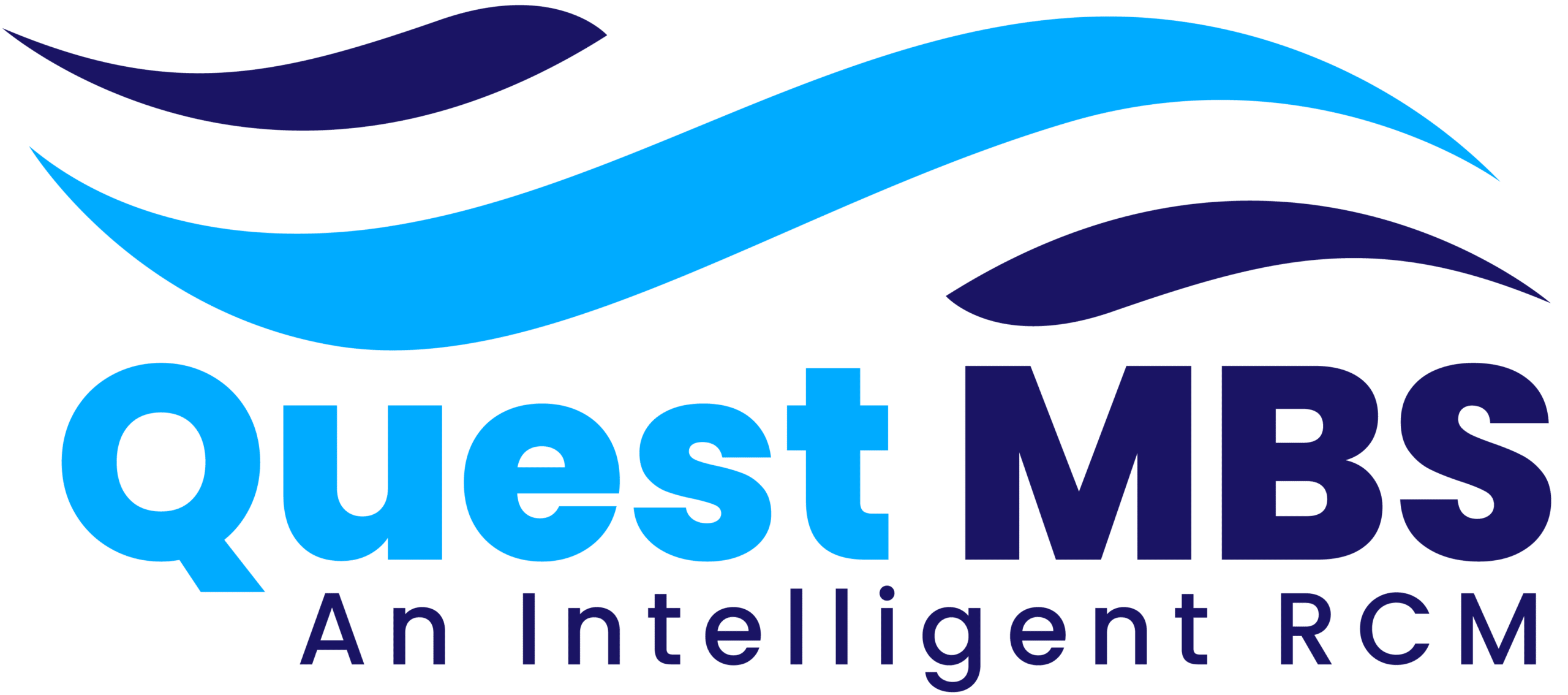Understanding the Importance of Billing Efficiency:
Efficient billing is more than just submitting claims—it’s about creating a streamlined process that supports timely payments, reduces denials, and ensures long-term financial health. Providers who understand the billing lifecycle can avoid common mistakes and boost revenue with consistency.
Verify Insurance Eligibility Upfront:
Before any service is rendered, insurance eligibility should be verified. This step minimizes the risk of claim rejection due to inactive coverage or incorrect patient information. Real-time eligibility checks ensure providers get paid for their services without unnecessary delays.
Use Correct and Updated Codes:
Accurate coding is critical. Using outdated, incorrect, or mismatched codes can trigger denials or audits. Providers should ensure that diagnostic and procedural codes reflect current standards and are based on the latest medical documentation.
Maintain Detailed Documentation:
Complete, clear, and legible documentation justifies the services rendered and supports claims during audits or payer reviews. Providers must detail the patient encounter, medical necessity, treatments given, and follow-up plans. Good documentation protects against revenue loss and legal risks.
Submit Claims Promptly:
Timely filing is essential to avoid missing payer deadlines. Providers should aim to submit claims within 24–72 hours of service delivery. Leveraging automation and integrated billing software can help accelerate the submission cycle.
Monitor and Follow Up on Claims:
Don’t assume a claim was accepted just because it was submitted. Providers or their billing teams must track each claim until payment is received. Proactive follow-up helps catch issues like processing errors, missing information, or incorrect coding that may delay reimbursement.
Understand Payer Requirements:
Each payer has unique policies, forms, and documentation standards. Providers should stay current with the expectations of major payers they work with, especially Medicaid and Medicare, which are frequently updated. Billing platforms with built-in payer rules can help reduce errors.
Train and Educate Billing Staff:
Billing and coding regulations are constantly evolving. Investing in ongoing training for billing staff ensures your team is up-to-date on compliance, coding revisions, and software tools. A knowledgeable team helps maintain billing accuracy and increases claim acceptance rates.
Automate Routine Processes:
Using technology to automate tasks like eligibility checks, code suggestions, or reminders for unpaid claims significantly reduces human error. Automation increases productivity, reduces billing cycle times, and allows staff to focus on more complex claim management tasks.
Regularly Analyze Denials:
Understanding why claims are denied is essential to improving the billing process. Categorize denials, identify trends, and develop solutions to prevent similar issues in the future. A strong denial management process leads to faster payments and fewer rejected claims.
Conduct Periodic Internal Audits:
Routine audits ensure that your billing practices remain compliant with payer rules and regulations. Internal reviews help detect inaccuracies, fraud risks, and coding inconsistencies that may lead to financial penalties if left unchecked.
Ensure Clear Communication With Patients:
Transparent billing helps prevent misunderstandings and reduces unpaid balances. Provide cost estimates, explain benefits, and share payment expectations. This enhances patient satisfaction and encourages timely payments.
Outsource When Necessary:
For providers who lack the resources to manage billing in-house, outsourcing to a professional billing partner can improve results. Experienced teams offer specialized knowledge, faster turnaround times, and lower rejection rates.
Stay Informed About Industry Trends:
Billing is dynamic, with frequent changes in regulations, payer policies, and technology. Providers should stay informed through industry publications, webinars, and association memberships to anticipate shifts and adapt accordingly.







